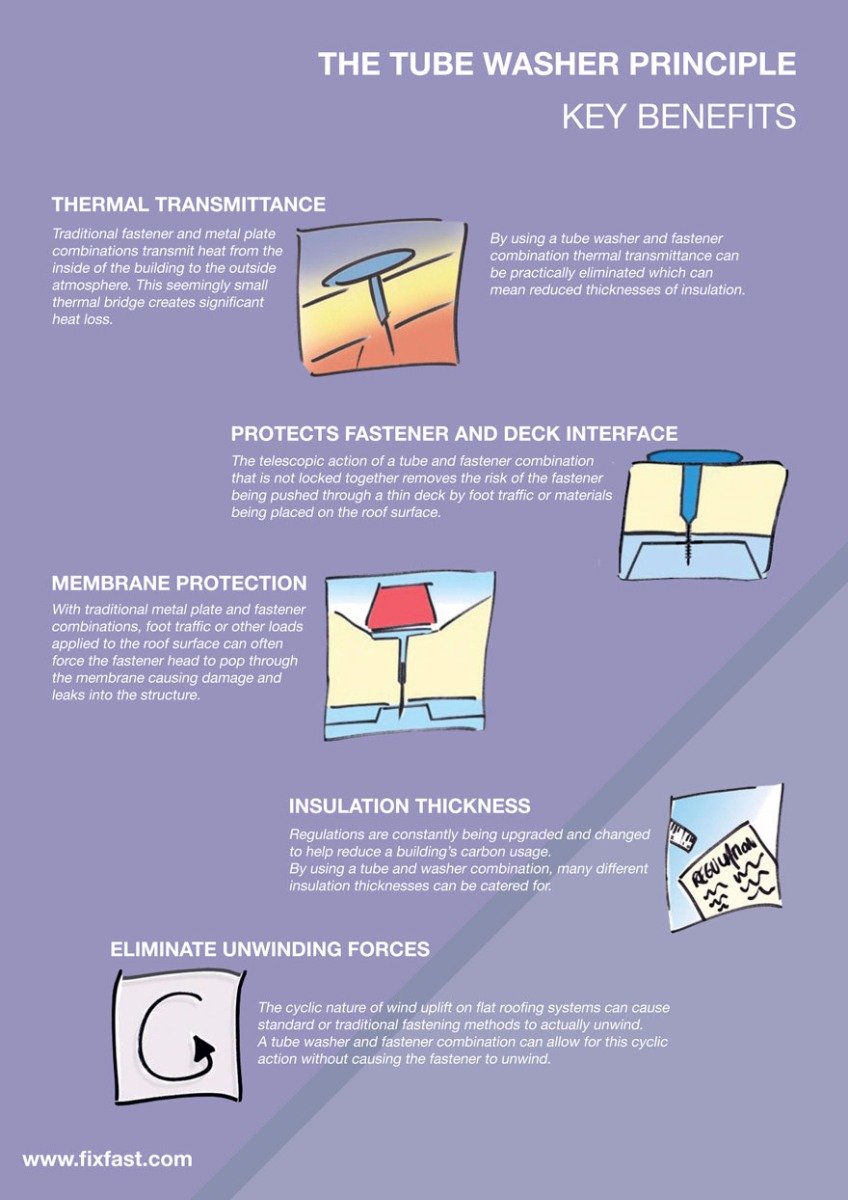Checking Out The Financial Ramifications Of Solar Panel Configuration: Is It A Valuable Financial Investment?
Checking Out The Financial Ramifications Of Solar Panel Configuration: Is It A Valuable Financial Investment?
Blog Article
Authored By-McMillan Larsen
When taking into consideration the costs of solar setup, you may wonder about the upfront financial investment required and whether it straightens with the prospective long-lasting advantages. Understanding the details of these costs and the numerous aspects affecting the total return can clarify the worth recommendation of transitioning to solar energy. By evaluating erthos solar energy company virtual assistant and the predicted cost savings with time, you can acquire insight right into whether the financial investment in solar installment holds promise for your monetary future.
Initial Arrangement Expenses
When considering the costs of solar installment, the first configuration expenses play a vital function in your decision-making process. These upfront costs consist of the rate of photovoltaic panels, inverters, mounting equipment, and installment labor.
The cost of photovoltaic panels can vary relying on the brand, efficiency, and size you select. Inverters are crucial for converting the sun's energy right into useful electricity and come in different kinds such as string inverters, microinverters, and power optimizers, each with its own price implications.
Mounting tools, such as racks and rails, is essential to safely set up solar panels on your roof or property.
The setup labor expense covers the expert setup of the solar system, making certain that every little thing is established properly and efficiently. Bear in mind that while these preliminary arrangement costs might appear high, there are frequently refunds, tax incentives, and funding choices readily available to assist offset the prices and make solar installation a lot more economical over time.
Long-Term Savings Analysis
To recognize the monetary benefits of solar installation in time, it's essential to perform a detailed long-lasting cost savings analysis. While the preliminary arrangement expenditures of solar panels may appear overwhelming, the long-lasting savings can surpass these costs substantially. By taking advantage of the power of the sunlight to generate power for your home, you can possibly save countless bucks on your utility bills over the life-span of your planetary system.
Among the key elements to think about in a long-lasting savings evaluation is the reduction in your electricity expenses. With solar panels, you can generate your electrical power, reducing or even eliminating your reliance on the grid. This can bring about significant cost savings, especially as utility prices remain to rise.
Additionally, lots of federal governments provide motivations such as tax credit scores and discounts for installing photovoltaic panels, better enhancing your long-term savings. By capitalizing on just click the following internet page and maximizing your solar energy production, you can enjoy significant economic benefits for many years to find.
Return on Investment Calculation
Taking into consideration the monetary advantages of solar installment, it's time to assess the Roi (ROI) calculation. Identifying the ROI includes contrasting the complete expenses of installing a planetary system with the financial benefits it creates over its lifespan.
To calculate ROI, divide the net profit from the system by the overall financial investment expense and multiply by 100 to obtain a portion. The ROI formula is: (Internet Profit/ Total Amount Financial Investment Expense) x 100.
As an example, if the complete expense of mounting a planetary system is $20,000, and over its lifespan, it produces cost savings and revenues amounting to $30,000, the net revenue would certainly be $10,000. Dividing this by the overall financial investment price of $20,000 gives a ratio of 0.5. Increasing this by 100 gives an ROI of 50%.
Normally, a higher ROI indicates a much more monetarily fulfilling financial investment. Factors like government incentives, maintenance prices, and energy rate fluctuations can impact the ROI of solar installments. Comprehending the ROI helps in assessing whether buying solar power is worth it in the long run.
Conclusion
To conclude, understanding the costs of solar installment is crucial for identifying if it is worth the financial investment. By thinking about preliminary setup expenditures, performing a long-term financial savings evaluation, and determining the return on investment, you can make an informed decision about the economic worth of solar power. With the capacity for lowered utility costs and raised energy self-reliance, buying solar installation can be a clever choice for both your pocketbook and the setting.
